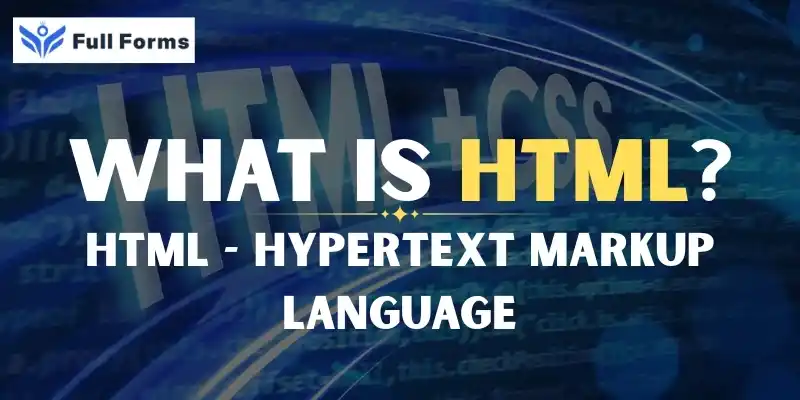HyperText Markup Language
(HTML)

Description
A Simple Guide to HyperText Markup Language (HTML)
HTML, which stands for HyperText Markup Language, is the main language used to make web pages. You have seen HTML in action if you have ever been to a website. HTML makes web pages organized and helps web browsers like Chrome, Firefox, and Safari show text, pictures, links, and other content in a way that is easy for people to read and use.
What is HTML?
HTML is short for HyperText Markup Language. Let's figure out what this means:
- HyperText: This is text that has links to other texts. These are the links on the web that you can click to go to a different page.
- Markup Language: A markup language is a way to "mark up" or label parts of a document so that a computer can show them correctly.
HTML is not a programming language because it doesn't do math or make choices. It just tells the web browser how to show the content.
How does HTML work?
HTML uses special codes called "tags" to tell the browser how to show different parts of a page. Tags are written inside angle brackets, like <tagname>. Most tags have an opening tag, like <p>, and a closing tag, like </p>.
Some common HTML tags are:
<html>: The main part of an HTML page.<head>: This is where you can find information about the web page, like its title.<title>: Sets the title that will show up in the tab of the browser.<body>: The body of the page has the main content.<h1>to<h6>: Headings with<h1>being the biggest.<p>: A piece of text.<a>: A link to a different page.<img>: An image or picture.
This is what a basic HTML page might look like:
<!DOCTYPE html>
<html>
<head>
<title>The First Page of My Website</title>
</head>
<body>
<h1>Hello!</h1>
<p>This is the first page on my website.</p>
<a href="https://www.example.com">Go to Example</a>
</body>
</html>
Why is HTML important?
All websites are built on HTML. HTML is used to organize and show information on every web page, no matter how simple or complicated it is. Web browsers wouldn't be able to show text, pictures, or links without HTML.
How HTML and Other Technologies Work Together
HTML works well with other technologies on the web:
- CSS (Cascading Style Sheets): Used to change the look of web pages by changing the colors, fonts, and layouts.
- JavaScript: Adds interactivity and advanced features, like forms that respond to user input or animations.
HTML gives websites their structure, while CSS and JavaScript make them look good and work the way people expect them to.
The good things about HTML
- Simple to Learn: HTML is easy to understand, so it's a good place to start for people who are new to programming.
- A lot of people use it: Any device can see web pages because all web browsers understand HTML.
- HTML is flexible: It can handle text, pictures, audio, video, and even forms that let users interact with them.
- Free: Anyone can use HTML without having to pay for special software or licenses.
Things that HTML can't do
- Not a Programming Language: HTML can't do math or logic.
- Basic Look: HTML makes web pages that are plain by itself. CSS and JavaScript are needed for more advanced styling and features.
- Doing it by hand: Making big websites with only HTML can take a long time without any extra tools.
Final Thoughts
HTML, or HyperText Markup Language, is the language that makes up the World Wide Web. It tells browsers how to show web pages, which lets people all over the world share and get information online. If you want to work on websites, the first thing you need to do is learn HTML. It's still an important skill to have in our digital world.
